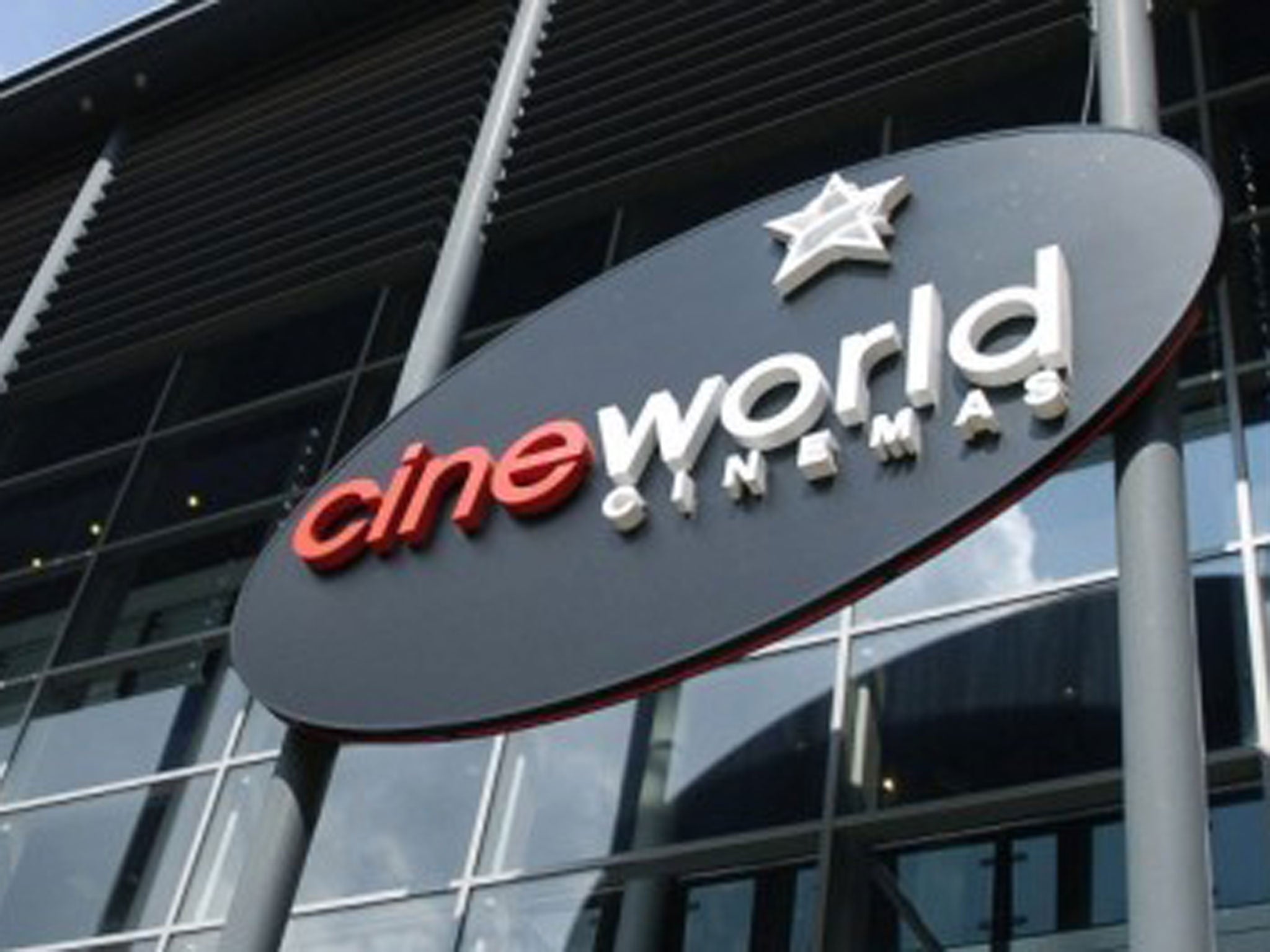The Independent's journalism is supported by our readers. When you purchase through links on our site, we may earn commission.
Mark Dampier: Slater’s investment mix gives balance

Your support helps us to tell the story
From reproductive rights to climate change to Big Tech, The Independent is on the ground when the story is developing. Whether it's investigating the financials of Elon Musk's pro-Trump PAC or producing our latest documentary, 'The A Word', which shines a light on the American women fighting for reproductive rights, we know how important it is to parse out the facts from the messaging.
At such a critical moment in US history, we need reporters on the ground. Your donation allows us to keep sending journalists to speak to both sides of the story.
The Independent is trusted by Americans across the entire political spectrum. And unlike many other quality news outlets, we choose not to lock Americans out of our reporting and analysis with paywalls. We believe quality journalism should be available to everyone, paid for by those who can afford it.
Your support makes all the difference.At the time of writing, the UK stock market, as measured by the FTSE All Share Index, has fallen around 7 per cent from the high it reached just a few weeks ago.
Given the extraordinary burst of performance seen over the past few months many investors were probably looking for an excuse to take some profits. Such a correction was therefore not a surprise and while some commentators have tried to herald the falls as the start of a new bear market, I think that this is an overreaction.
Investors need to consider that while bond yields have risen (and prices have fallen) they are still only at the level seen last Christmas. I do not see UK interest rates rising before the next general election, so while I am not an outright fan of bonds nor do I see their demise as imminent. What recent market movements do show though is how equities and bonds are interlinked. As bond yields have risen, equity markets have fallen.
In this environment I continue to believe a selection of high-quality, equity income funds can form the cornerstone of almost any portfolio. Providing investors are willing to take some risk with their capital the yields on offer are attractive, and there is the potential for income and capital growth over the long term.
A relatively new fund that recently caught my eye was Mark Slater’s MFM Slater Income Fund which launched in September 2011. It has an historic yield of 3.9 per cent while Mr Slater believes the prospective yield is 4.7 per cent.
Income investing is an interesting departure from the norm for Mr Slater, who also manages the growth-focused MFM Slater Growth and MFM Slater Recovery funds. On this fund he employs a strong income focus. He wants all the companies in which he invests to make a meaningful contribution to the fund’s yield.
Broadly speaking, he separates companies into three buckets. First there are growth stocks that also have a good yield. In this category he cites Cineworld, which has a 4.5 per cent yield, but also strong earnings growth of around 12 per cent a year. He has been impressed by the company’s use of the internet in getting to know its customers and spurring stronger growth than competitors.
Secondly, he highlights companies that are not growing their earnings rapidly, but where he sees material upside in a stronger economy. This category includes companies that might have experienced short-term difficulties, but where they have stabilised and are on the path to resolving them. BAE systems, for example, has seen earnings stagnate due to defence cutbacks, but Mr Slater believes with a yield of 5.3 per cent he is being paid to wait for the upside.
Finally, there are “dividend stalwarts” which offer slower, but reliable earnings growth with sustainable dividends. Examples in this category include GlaxoSmithKline and KCOM, the old Kingston Communications, where dividends are growing strongly.
Mr Slater believes holding a mix of companies in the above categories creates a balanced portfolio. He is agnostic as to company size and presently has around 28 per cent invested in FTSE 100 companies, a further 33 per cent in mid-sized firms in the FTSE 250 Index, and the remainder in smaller businesses. He tends to hold between 60 and 70 companies in the portfolio, but more importantly he is currently seeing plenty of opportunities.
Like any good fund manager, Mr Slater finds deciding when to sell his biggest challenge. When something goes wrong the decision tends to be easier. He sold Chemring after the company cut its dividend. With growth stocks that continue to perform well the decision is harder as the reward of share-price growth has to be set against a falling yield. He held Restaurant Group, for example, as the yield went from 4 per cent to 2.5 per cent on the back of strong share-price growth.
Mr Slater’s other two funds are near the bottom of the tables right now, but this is often the time they are worth taking a closer look at.
Funds go out of fashion at times, but managers who maintain a disciplined approach often bounce back.
In the past when Mr Slater’s funds have bounced back they have done so strongly.
Mark Dampier is head of research at Hargreaves Lansdown, the asset manager, financial adviser and stockbroker. For more details about the funds included in this column, visit www.hl.co.uk/independent
Join our commenting forum
Join thought-provoking conversations, follow other Independent readers and see their replies
Comments